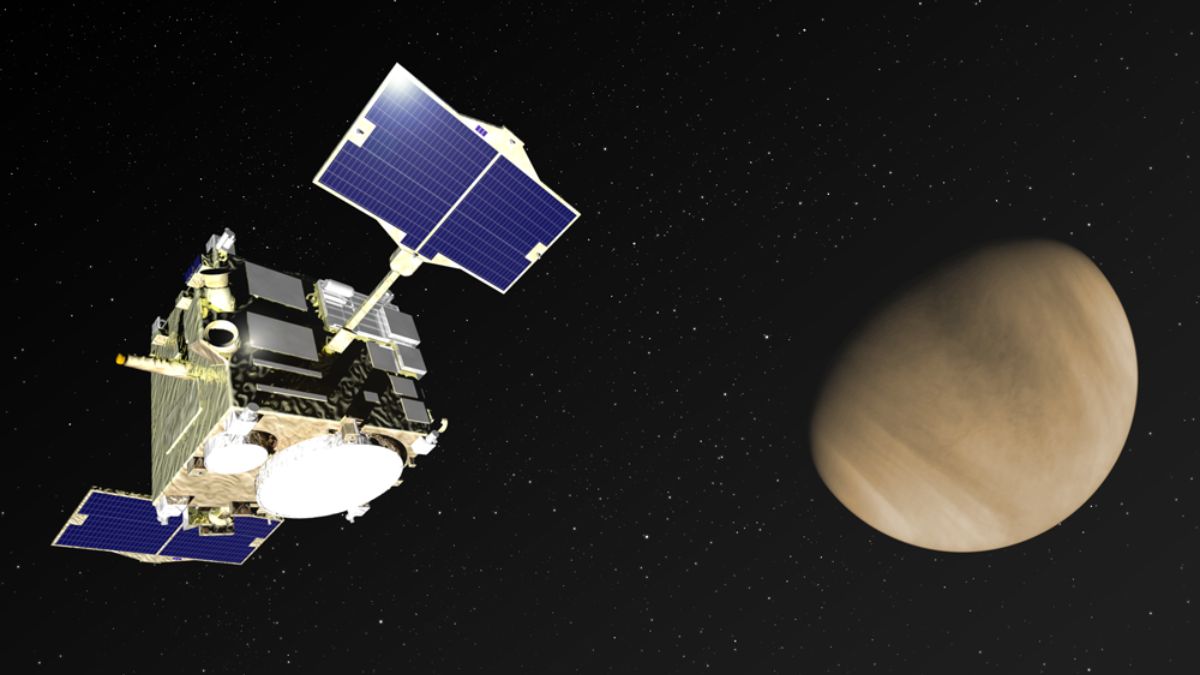Truth & Goodness
The Fall of the Literary Nobel: Why Are Laureates Unread?
14 December 2025

The initial launch of the Akatsuki probe was a failure. Yet, for nearly 10 years, the Japanese spacecraft delivered invaluable data about one of Earth's closest neighbors. The Japanese Akatsuki Venus probe successfully completed its study of Venus's surface and atmosphere. Thanks to its work, we know more not only about Venus itself but also about distant exoplanets. What groundbreaking discoveries did it achieve?
The mission was intended to last less than five years, but ultimately, it delivered valuable data from one of the hottest places in the Solar System for nearly a decade. The Japan Aerospace Exploration Agency (JAXA) announced in late October the end of the Akatsuki probe’s operations, which was the last active satellite studying the second planet from the Sun. What knowledge did its observations provide us?
The start of the mission was challenging. In 2010, JAXA attempted to launch Akatsuki into space. Unfortunately, a valve in the engine failed. The probe missed Venus and, instead of orbiting it, began orbiting the Sun.
JAXA remotely corrected the course five years later, using only small thrusters because the main engine remained damaged. As the agency emphasized in its press release, this marked the first time a probe had been placed into orbit using this specific method. On December 7, 2015, Akatsuki officially began orbiting Venus.
The Japanese satellite circled Venus approximately 50 to 70 km (30–43 miles) above its surface.
“In this region, winds blow at speeds up to 60 times the speed of the planet’s rotation. This phenomenon is known as super-rotation,” JAXA wrote in its press release. These winds can circle the planet in just four Earth days. By contrast, Venus rotates significantly slower—one Venusian day lasts almost an entire Earth year (243 days).
Akatsuki’s studies provided important answers regarding this phenomenon. The data it delivered helped establish that the wind speed depends on the local solar time. Therefore, the Sun likely powers the ultrarapid winds on Venus.
This information is crucial for studying potential conditions on exoplanets. Astronomers suspect that many of them, similar to Venus, have such slow rotation rates that they are almost always facing their star with only one side.
Theoretically, the hemisphere of Venus facing away from the Sun should be extremely cold. However, this isn’t the case, mainly because of the super-rotation winds, which transport air masses of different temperatures faster than the planet rotates. Consequently, the temperature across Venus is roughly the same, averaging about 460°C (860°F). If similar winds blow on exoplanets, this knowledge provides valuable clues about conditions on those distant worlds.
Shortly after entering orbit, the Akatsuki Venus probe captured another phenomenon that still electrifies scientists. A structure resembling a colossal arc appeared in the Venusian atmosphere—over 10,000 kilometers (6,200 miles) long, spanning from one pole to the other.
“Despite the violent winds, the arc structure remained intact for at least four Earth days,” JAXA noted.
The temperature in this area was clearly higher than the surrounding temperature, and the arc’s stability was unusual given the violent Venusian weather. Astronomers remain uncertain about the arc’s origin. One theory suggests they were gravity waves rising above Venus’s mountains. Scientists also observe this phenomenon on Earth, but never on such a massive scale.
On May 29, 2024, Akatsuki stopped responding. After more than a year of attempts, JAXA admitted the mission had ended. In total, the Akatsuki Venus probe provided data for 178 scientific publications and changed our perception of one of Earth’s closest neighbors.
Akatsuki was the last operational probe studying Venus, but future missions are already in the works. NASA plans to send the DAVINCI and VERITAS satellites to the second planet from the Sun, and the European Space Agency plans the EnVision mission. The Japanese mission delivered a wealth of valuable information about Venus but also brought new questions.
Read this article in Polish: To był ostatni sygnał z Wenus. Po nim sonda przestała odpowiadać

Science
13 December 2025


Zmień tryb na ciemny